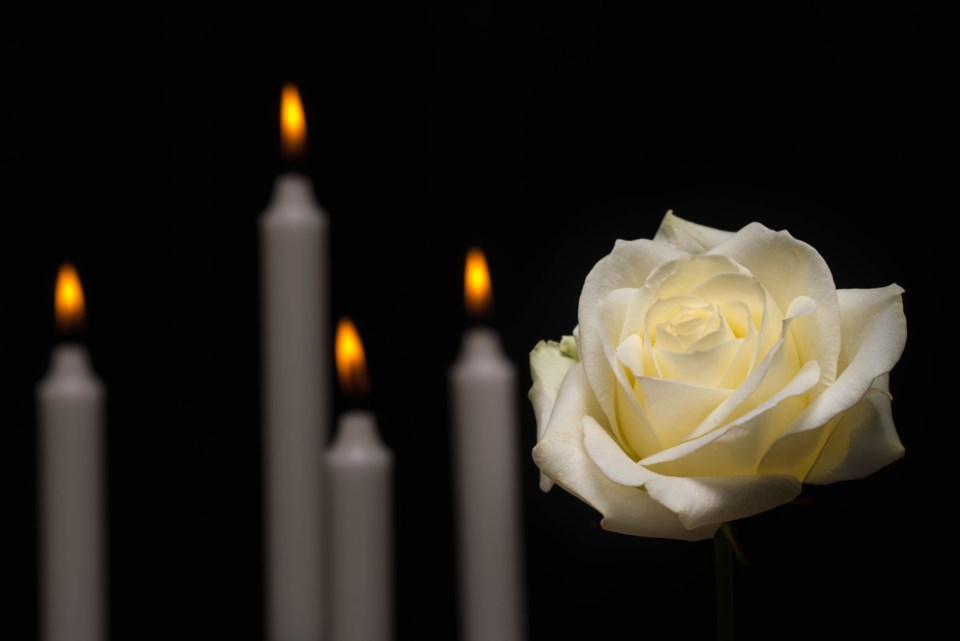ST. PAUL - The Town of St. Paul has issued a development permit for the establishment of a funeral home in the Parellel Lanes Bowling Alley building located in downtown St. Paul that in the future could potentially include a crematorium.
In its development application, Memento Funeral Chapel sought approval to convert the existing building located at 4906-49 Ave into a funeral home, which falls within permitted use of the C2 zoned district. Among its intended services, the business lists “future crematorium” on the application.
Parellel Lanes Bowling Alley announced via social media it will be closing its doors April 19.
The news came as a surprise to one adjacent property owner who is not only disappointed to see the bowling alley closing but is concerned about the potential of a funeral home with a crematorium operating next door.
“I don’t think everyone is being treated fair in St. Paul; some get information, and some don’t,” Louise deChamplain said, adding she had received no formal notice of the development application, initially learning about it through word of mouth.
“There’s no parking left on that road . . . They block my driveway as it is now. Imagine what it is going to be like if it’s a funeral home.”
DeChamplain is also concerned about a crematory being included as part of the development, in particular any “smell and smoke” that could potentially be emitted. She questions if the proposed location, a block off St. Paul’s downtown main street, is appropriate. “I don’t understand that at all.”
Memento Funeral Chapel owners were unable to provide comment on the business development prior to press deadline as they were away.
Aline Brousseau, director of Planning and Legislative Services for the Town, confirmed the development permit was issued Jan. 31 and the appeal period closed Feb. 21. No appeals were filed on this development. The approved uses under this permit include office use, funeral services, crematorium, and signage. Because it falls under permitted use, the Town is not required to advertise the application for development permit or notify nearby property owners. It also does not come before town council for consideration, again because it falls within permitted use.
“There won’t be any rezoning bylaw, as the uses were all listed as permitted uses within the General Commercial District (C2),” Brousseau explained.
Asked if any consideration had been given about permitting a funeral home with a crematorium in the town’s downtown core, Mayor Maureen Miller said on March 22 she was only “newly aware of the sale of the property.” However, she said she wouldn’t normally get information around a development permit unless it came before council due to Land Use Bylaw concerns.
“That is arm’s reach from me,” she said, adding “nobody has reached out to me personally and said, ‘Do you know they’re putting in a crematorium’.”
The fact that the community is losing the bowling alley is more of a concern from people she’s spoken with, according to Miller.
“It’s natural that type of business (funeral home) would be in a C2 district – it’s a business district which might settle itself into a main core obviously,” she said.
“I don’t know what the possible impact of a crematorium would be. I would know, though, when that document (Land Use Bylaw) was presented that a C2 district is a logical place to put a crematorium.”
Regulatory board
The Alberta Funeral Services Regulatory Board is tasked with overseeing funeral operations in the province, including the issuing of operating licences and undertaking inspections.
Executive director Karen Carruthers told Lakeland This Week that “76 per cent of all deaths in Alberta have the final disposition of cremation.”
She said that decision is often based on cost.
“It can be a little more economical if you’re doing cremation rather than ground burial.”
In explaining the regulatory requirements around funeral homes including a crematory as part of their service, Carruthers said there are different business models. Some operators include a crematory on site, while other choose to have a more remote location.
“It is gas-fired so it is an incineration process. The crematory has two chambers, so there shouldn’t be any smoke or additional emissions since the initial smoke goes into a secondary chamber for reburning. It reburns any smoke or particulate that comes from the first chamber before it is released into the environment,” Carruthers said in explaining the process.
“They have less emissions than a number of other businesses that have emissions like fast food restaurants or places that burn or incinerate garbage . . . because they do reburn the emissions before they are released into the environment.”
When asked if there was any potential odour emitted, Carruthers said, “If it’s operating properly, no, absolute not, there shouldn’t be any odour.”
She said all funeral businesses are inspected at least every three years by the provincial body.
As for whether establishing a crematorium in a community can be a somewhat controversial endeavour, Carruthers said it comes down to the location.
“For some people it comes down to that ‘not in my backyard’ scenario . . . It depends on where it is being established and how the community feels about it being in their neighbourhood.”



